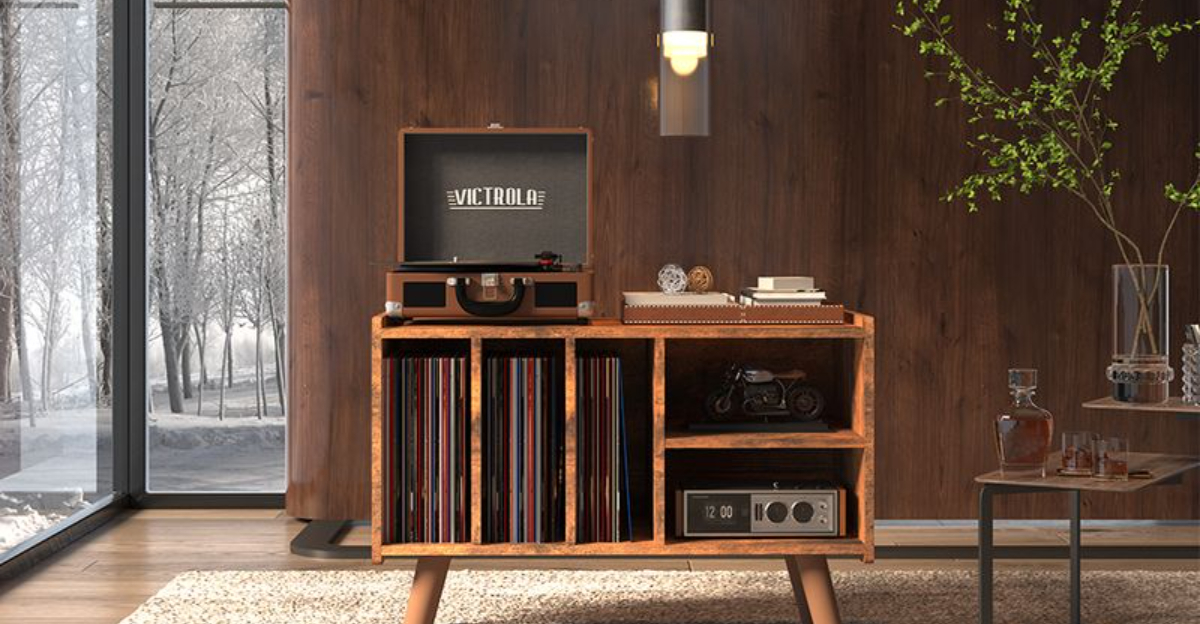Remember walking into your grandparents’ house and seeing those quirky design choices that seemed so outdated? Well, surprise—many of those vintage treasures are making a serious comeback in modern homes.
Meanwhile, some boomer-era classics never went out of style because they’re just that good. Let’s explore which retro elements are getting a second chance and which ones have remained beloved through the decades.
1. Record Players
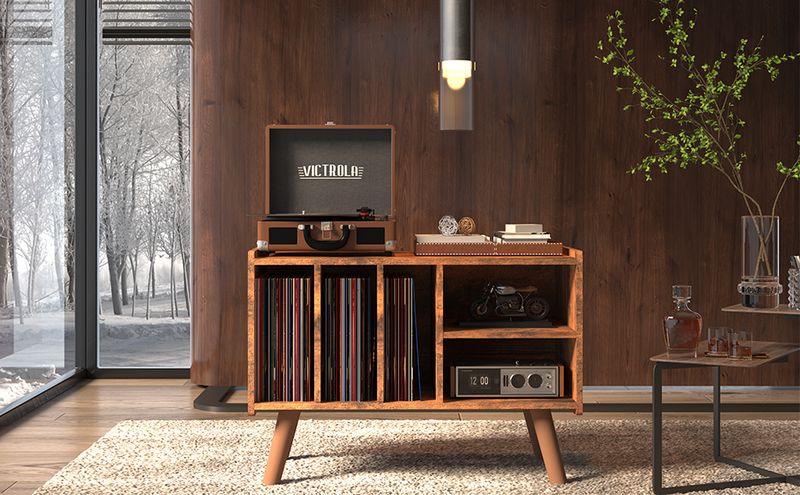
Dusting off the turntable isn’t just for audiophiles anymore. The warm, crackling sound of vinyl has seduced a new generation obsessed with authentic experiences over convenience.
Young homeowners proudly display record collections as both musical instruments and conversation pieces. The ritual of carefully placing the needle, flipping sides, and admiring album artwork offers a deliberate slowness that streaming simply can’t match.
2. Houseplants Galore
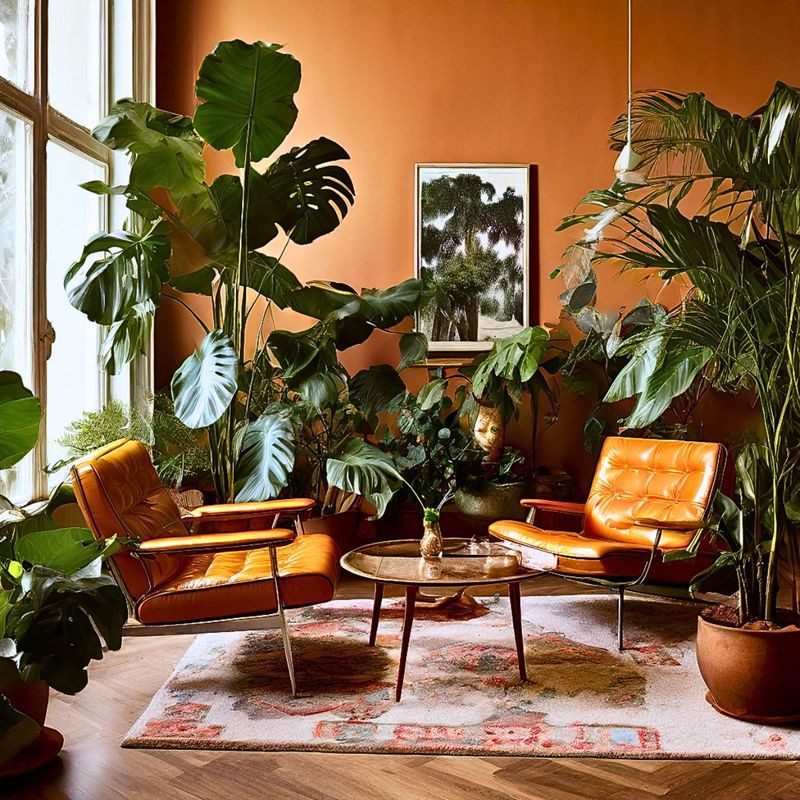
Spider plants cascading from macramé hangers. Monsteras commanding corner real estate. Pothos vines trailing across bookshelves. The 1970s houseplant explosion has returned with botanical vengeance.
Plant parenthood has become a personality trait for millennials and Gen Z, who’ve transformed their apartments into verdant sanctuaries.
Social media feeds overflow with #MonsteraMonday posts while propagation stations grace windowsills—proving what boomers knew all along: nothing makes a house feel alive like actual living things.
3. Wood Paneling

Once the laughingstock of home makeover shows, wood paneling has shed its basement rec room reputation. The secret? Moderation and modern application.
Designers now use paneling as accent walls or in smaller doses, often painted in sophisticated hues rather than left in its original orangey glory. The texture adds warmth and dimension that flat drywall lacks, creating depth without the overwhelming Brady Bunch basement vibes that sent it into design exile decades ago.
4. Conversation Pits
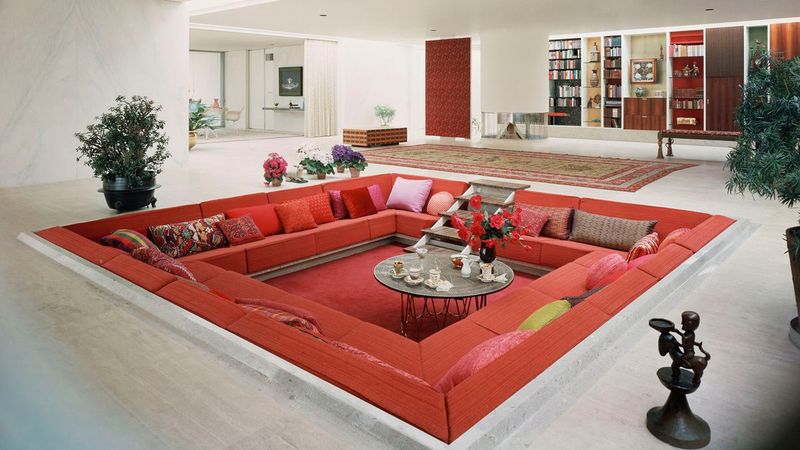
Conversation pits—those sunken living room lounges that defined 1960s architectural hedonism—are climbing back into design consciousness. After decades being filled in and flattened out, they’re being excavated by modern homeowners.
The appeal lies in their inherent coziness and social engineering. When everyone’s seated in this architectural hug, face-to-face interaction becomes inevitable. In our screen-dominated era, young homeowners crave spaces that encourage actual conversation rather than parallel phone scrolling.
5. Wallpaper
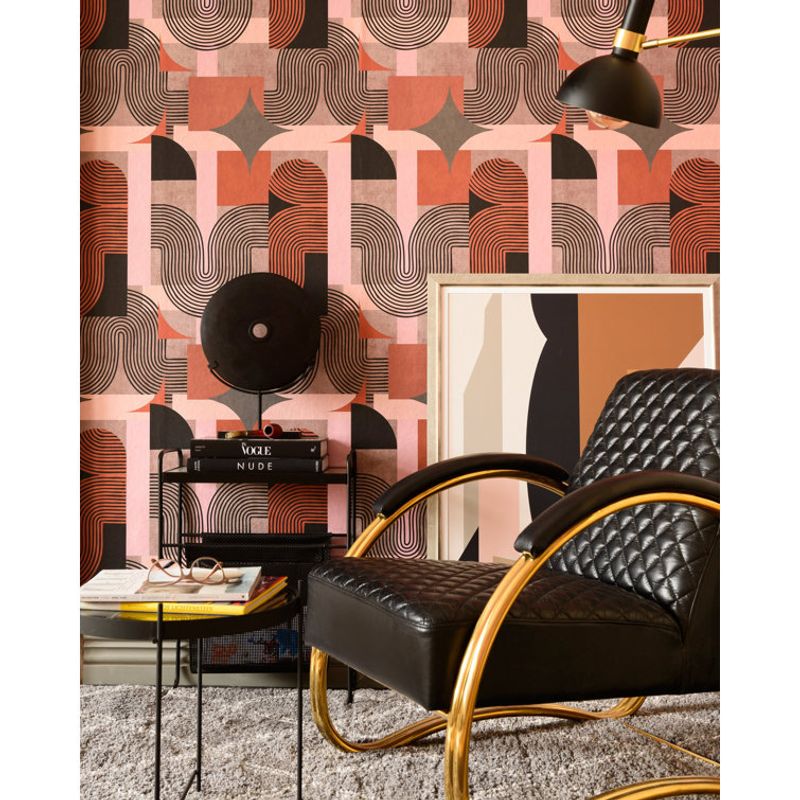
Wallpaper’s triumphant return represents everything we once mocked about boomer homes—and now desperately want. Florals, geometrics, and even foil papers grace accent walls in the hippest homes.
The difference? Today’s wallpaper comes with modern technology. Peel-and-stick options eliminate grandma’s steamer and scraper nightmare, making temporary pattern commitment possible for renters and the design-fickle alike.
What was once permanent punishment is now playful self-expression—no wonder millennials and Gen Z can’t get enough.
6. Bar Carts
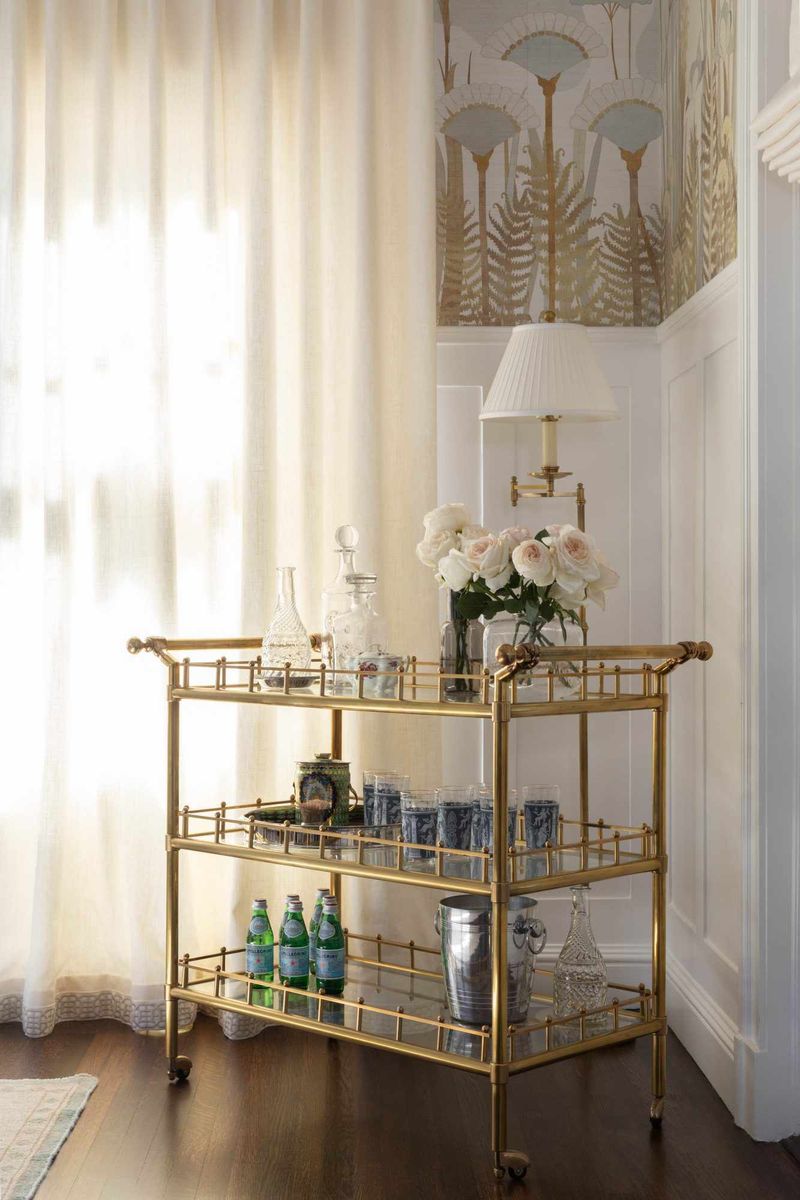
The bar cart—that glittering symbol of mid-century cocktail culture—rolls triumphantly back into modern homes. Brass frames supporting glass shelves showcase curated spirits collections and vintage glassware.
More than just functional furniture, today’s bar cart serves as both drink station and personality display.
Artisanal bitters, inherited decanters, and cocktail books signal sophisticated taste. Even non-drinkers embrace the trend with coffee stations or plant displays, proving the wheeled wonder’s versatility extends beyond martini hour.
7. Brass Fixtures
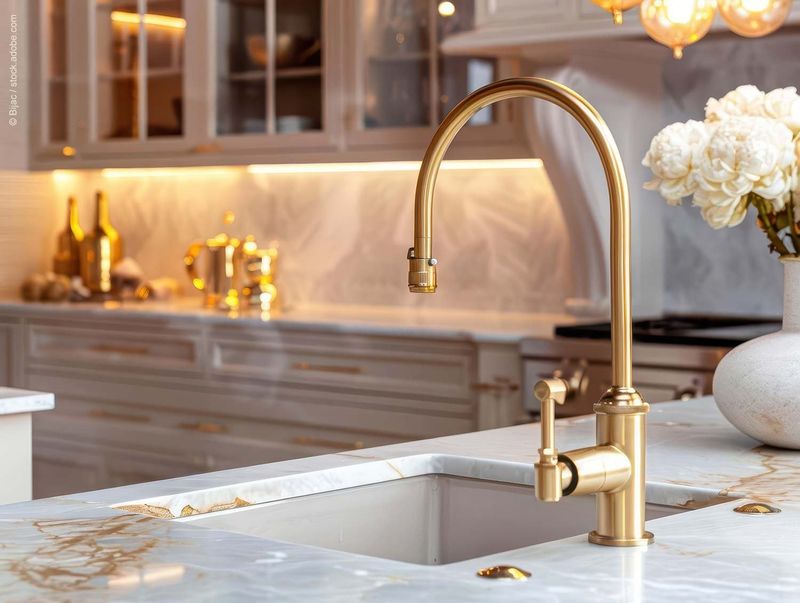
After decades of chrome and brushed nickel dominance, brass has reclaimed its rightful place in home hardware. Faucets, drawer pulls, light fixtures—all gleam with golden warmth once again.
The revival isn’t just about color but quality. Modern brass pieces boast living finishes that develop character with age rather than requiring constant polishing.
Young homeowners appreciate both the warmth brass brings to sterile spaces and its ability to patina gracefully—a refreshing alternative to our disposable design culture.
8. Velvet Furniture
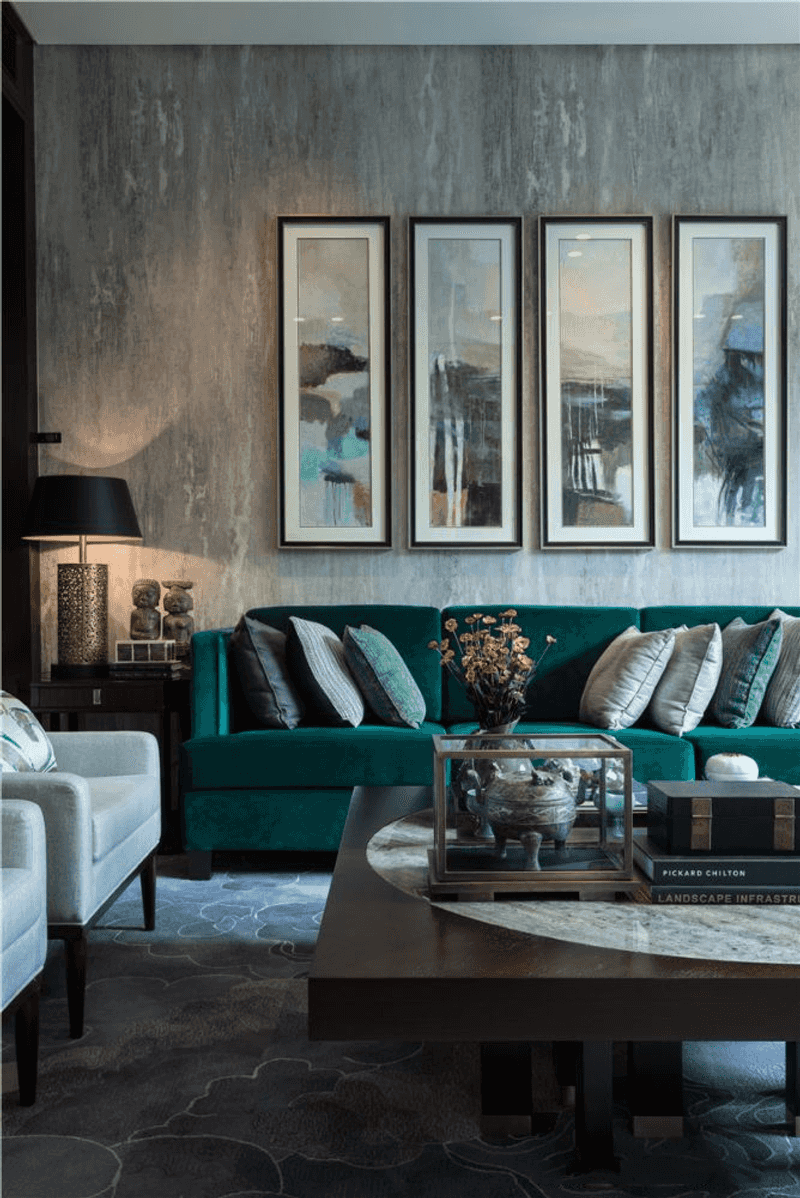
Velvet sofas and chairs—once the domain of formal living rooms nobody used—have shimmied their way back into style consciousness. Today’s versions come in jewel tones and curvy silhouettes that scream ‘touch me.’
The fabric’s resurgence coincides with our collective craving for tactile comfort in digital times. Performance velvets offer stain resistance grandma could only dream about, making the fabric practical for actual living.
Modern velvet pieces invite both lounging and admiring—finally fulfilling the promise of looking good while feeling good.
9. Hardwood Floors
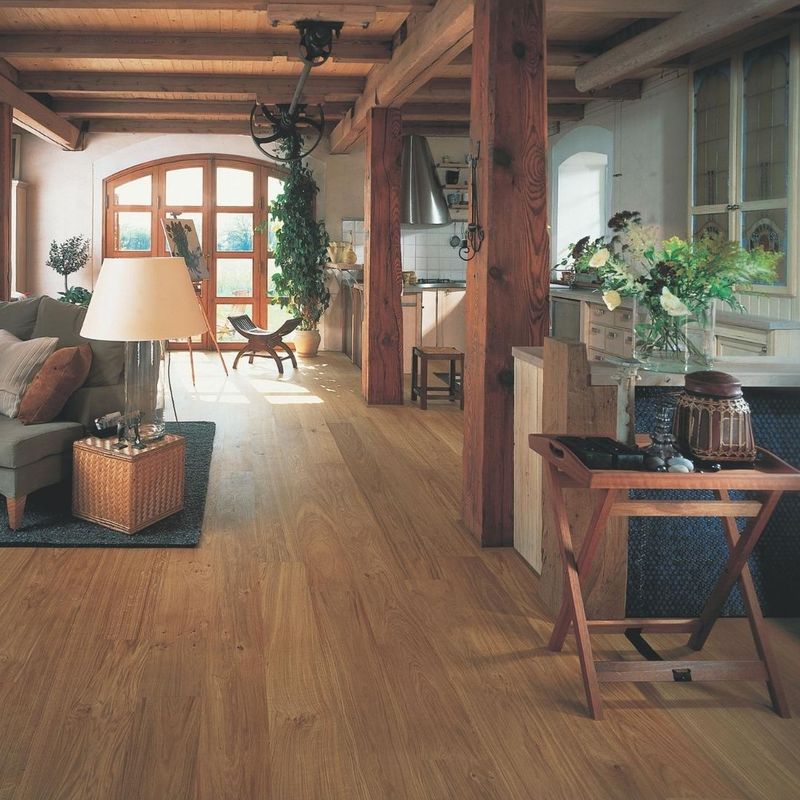
Hardwood floors stand as perhaps the most enduring home feature across generations. While carpet, linoleum, and tile trends come and go, those honey-toned oak planks remain eternally desirable.
Their longevity stems from incredible versatility. The same floors accommodate shag rugs and macramé in the 70s, minimalist furniture in the 90s, and today’s eclectic mix.
Unlike most design elements, hardwood improves with age—each scratch and dent adding character rather than degradation. No wonder they’ve never lost their appeal.
10. Brick Fireplaces
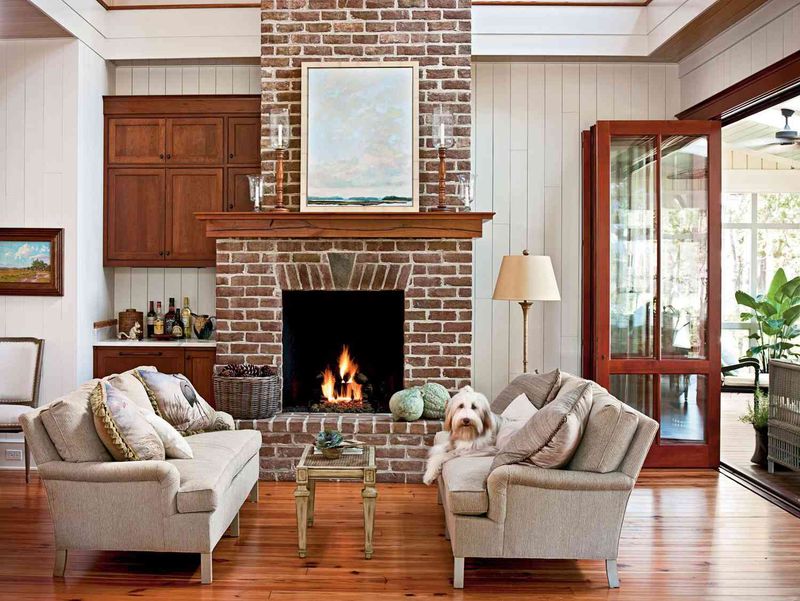
Brick fireplaces remain the gravitational center of living spaces across decades. Whether in craftsman bungalows or mid-century ranches, that rustic brick hearth draws people together with primal magnetism.
While painting brick white became trendy, many homeowners now preserve original red brick for its texture and warmth. The fireplace transcends utility to become symbolic—representing home’s heart even in regions where actual fires are rarely needed.
Technology changes, but gathering around a hearth speaks to something deeply human.
11. Gallery Walls
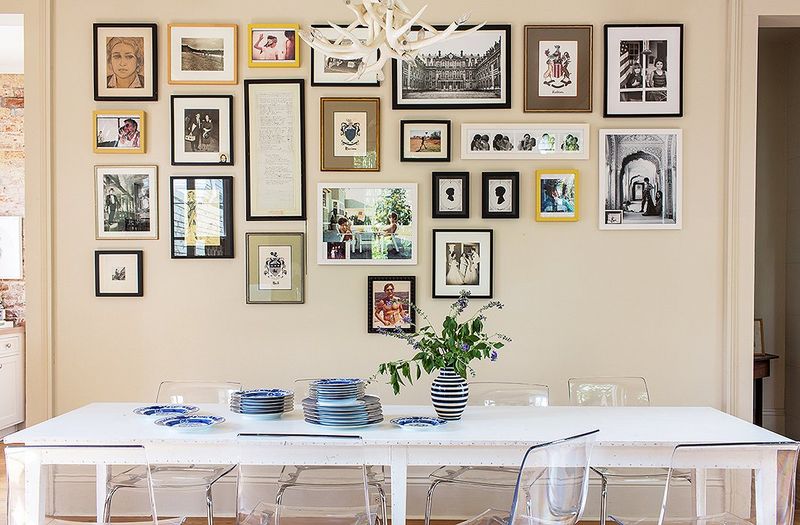
Long before Pinterest existed, boomers created the original gallery walls—collections of family photos, vacation souvenirs, and meaningful artwork arranged in harmonious chaos. This personal curation continues to charm across generations.
While styling has evolved (fewer oval frames, more negative space), the concept remains beloved. Gallery walls transform blank spaces into visual autobiographies—especially meaningful in our digital-heavy lives.
The physical display of memories and inspirations feels rebelliously analog and undeniably special in ways Instagram grids can’t replicate.
12. Built-In Bookshelves
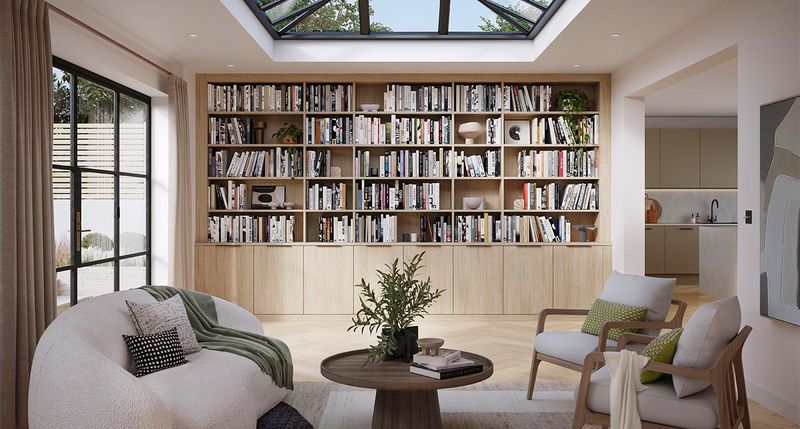
Built-in bookshelves—those permanent monuments to literary devotion—never lost their appeal despite digital reading’s rise. Their enduring charm combines practicality with intellectual signaling.
More than storage, they’re stages for personal curation—displaying not just books but treasures that tell your story. Custom shelving remains one of few home improvements that consistently adds resale value, proving their universal appeal.
In an era of floating digital content, physical books anchored in architectural features provide grounding we didn’t know we needed.
13. Claw-Foot Tubs

Claw-foot tubs survived countless bathroom renovation trends by being both functional sculpture and self-care sanctuary. Their elegant curves and elevated stance transform utilitarian bathing into theatrical luxury.
While jacuzzi tubs came and went, these cast-iron classics maintained their appeal through sheer visual drama. Modern homeowners hunt vintage specimens or splurge on reproductions—proving good design transcends era.
Something about those decorative feet lifting an everyday object into art speaks to our desire for beauty in even the most private spaces.
14. Kitchen Islands
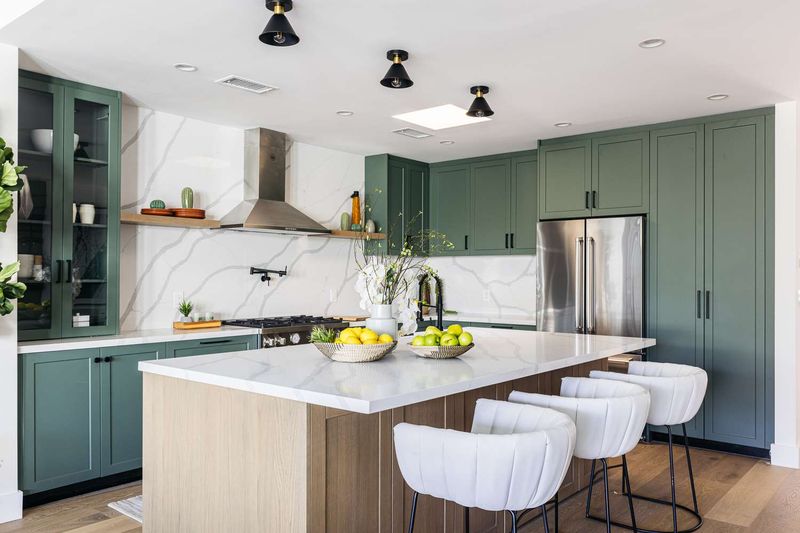
Kitchen islands evolved from practical workspaces to social hubs where cooking, homework, cocktail parties, and morning coffee converge. Their multi-functional nature explains their enduring popularity.
While aesthetics evolved from Formica to quartz, the island concept remained essential to modern living.
They bridge formal dining’s decline and our increased casual entertaining, creating gathering spots that accommodate both food prep and social connection. Islands brilliantly solved the problem of kitchen isolation long before open concept became a buzzword.
15. Crown Molding
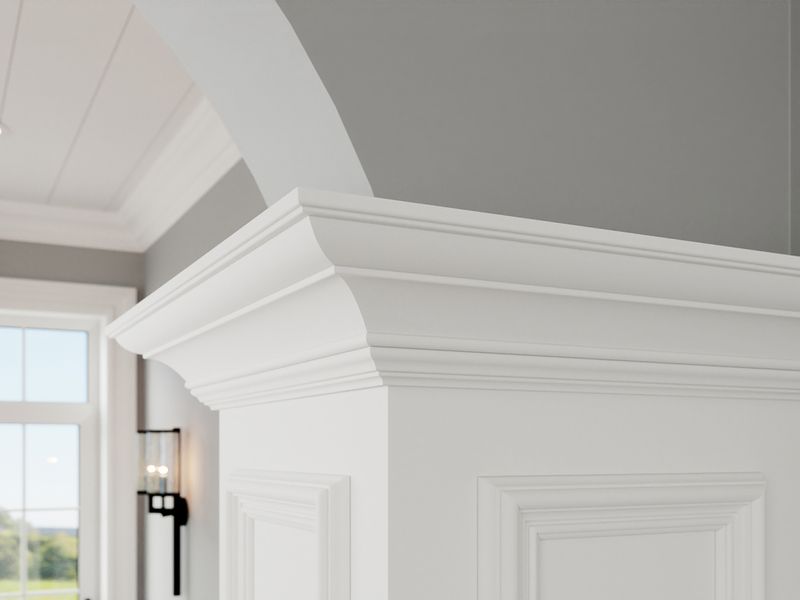
Crown molding—that decorative transition between wall and ceiling—continues to signify craftsmanship and attention to detail. Despite minimalism’s periodic dominance, these architectural flourishes never truly disappear.
Their staying power comes from how they visually complete a room, drawing the eye upward and creating subtle dimension. Even in modern homes, crown molding adds a finished quality that plain drywall corners lack.
While styles evolved from ornate Victorian to sleeker profiles, the concept remains a shorthand for quality construction.
16. Rocking Chairs
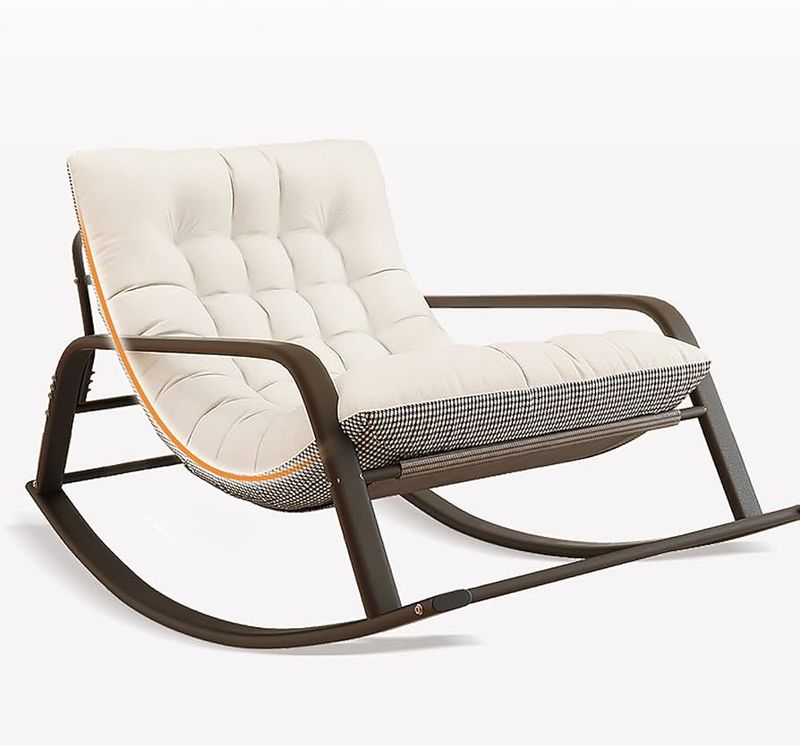
Rocking chairs persist through every design era because their function transcends style. The gentle rhythm soothes everyone from colicky babies to arthritic seniors—and everyone in between.
While materials and designs updated from Cracker Barrel classics to Scandinavian-inspired curves, the core appeal remains unchanged. Something about that repetitive motion connects deeply with human comfort needs.
Front porches and nursery corners continue reserving space for these motion therapists, proving some furniture works on levels deeper than mere aesthetics.

